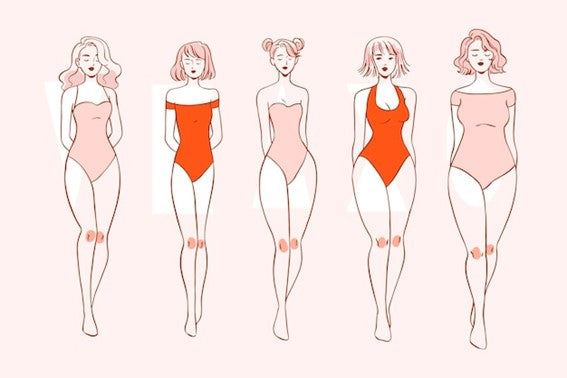
Tightlacing is the practice of shaping the body with a corset that has been tightly laced to achieve a desired figure. This practice has been around since the beginning of corsetry, and it has been the subject of urban legends and cautionary tales for centuries.
Doctors spoke out against the practice for the same amount of time, citing serious health risks to the wearer. Many of the claims, however, were based on outdated medical knowledge as well as incorrect assumptions and beliefs about the female body.
In this blog post, we’ll examine in-depth how tightlacing works and its main effects on the body.
How does tight lacing work?

When acorset is worn, it calibres into the wearer’s shape. The garment provides firm compression at the midsection when the laces are pulled tight, which can help the wearer achieve a well-shaped belly and a several inches smaller waistline.
This effect only lasts until the corset is removed. Your midsection tissues are soft and will return to their resting position.
Corsets, also known as tight lacing or waist training, are worn by some people as part of a daily routine. The goal of this exercise is to help you lose weight in your midsection on a long-term basis. It is most effective when used in conjunction with a healthy lifestyle that includes a balanced diet, adequate hydration, and regular exercise.
Your waistline will not permanently shrink as a result of tight lacing. It can help you feel more confident and motivated, and it can also remind you to stick to your health goals and eat in smaller portions.
Myths surrounding the effects of corset’s tightlacing
Regarding the tightlacing effects, there’s a misapprehension that tight lacing causes your organs to shift. While compression around the midsection can cause pressure on your soft tissues, this isn't always a cause for concern.
Your internal organs are designed to adjust to varying pressures. Even wearing a bra causes your soft tissues to shift, which isn't a problem (unless you're uncomfortable, in which case you should change bras).
In addition, there’s a well-known myth about tight lacing is that it causes your lower ribs to shift. There's no need to be concerned if you're following a normal corseting routine, and wearing a properly fitting garment.
Overall, we explained how corset tightlacing works and the main misconceptions about it. Shop at ourwebsite for corset products and more.








